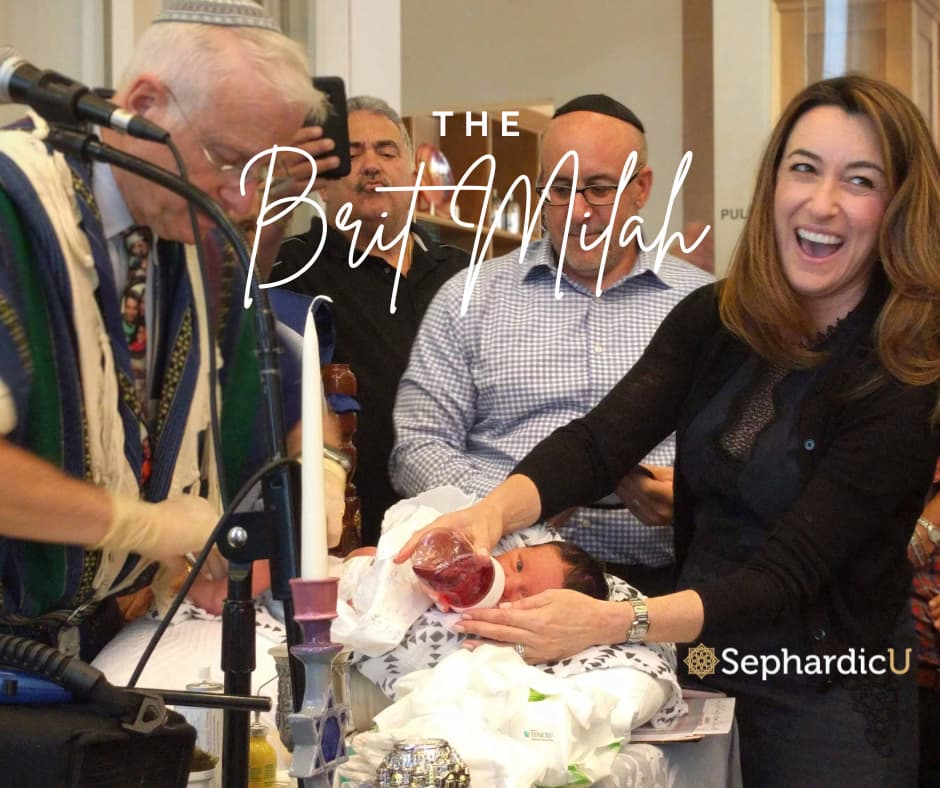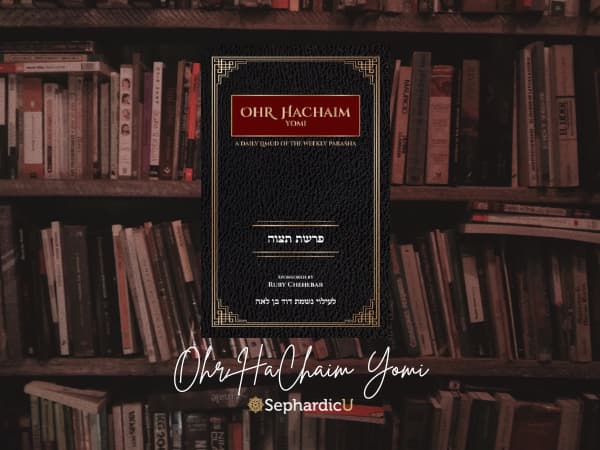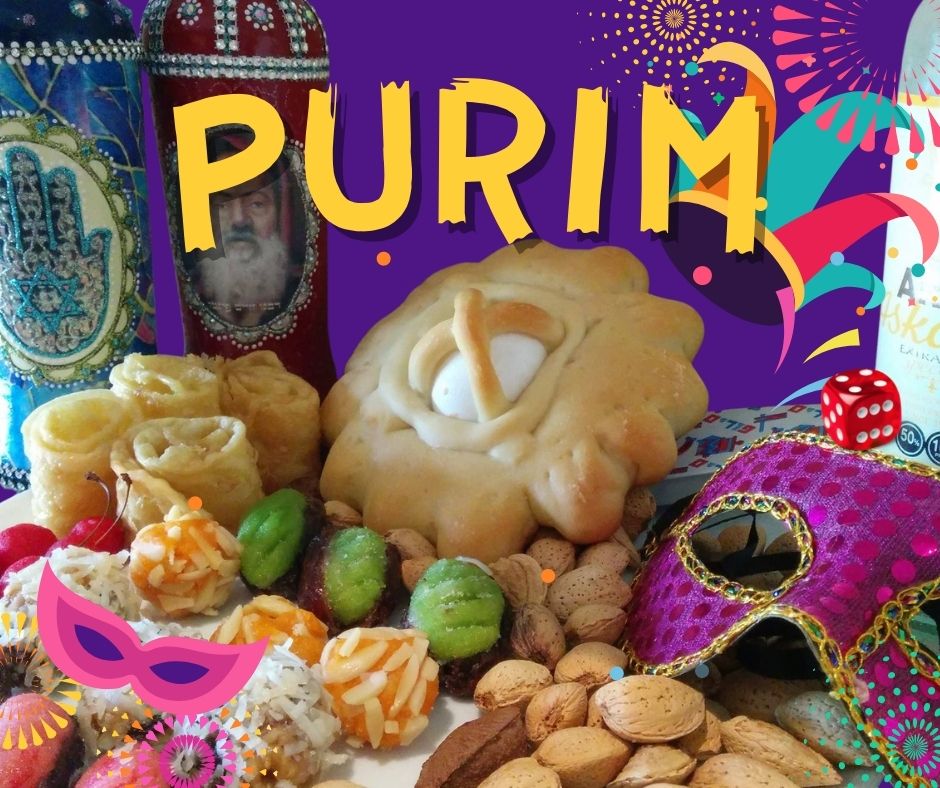Introduction
Sephardic Brit Milah customs are deeply ingrained in Jewish tradition, representing the covenant between God and the Jewish people. Brit Milah, the circumcision ceremony, is performed on the eighth day of a baby boy’s life, following a commandment given in the Torah. Sephardic Jews, with their rich cultural heritage, observe the ceremony with unique traditions passed down through generations.
History of Sephardic Brit Milah
Sephardic Brit Milah traditions have been practiced for centuries, reflecting the diverse Jewish communities from Spain, North Africa, the Middle East, and beyond. While the ritual itself has remained consistent, the customs surrounding it vary depending on the region and cultural influences.
In Sephardic communities, Brit Milah is often performed by a mohel, a trained professional in the ritual. In some traditions, the mohel is also a Rabbi, ensuring both spiritual and ritual expertise. The Pidyon Haben ceremony, which follows the Brit Milah, is another deeply-rooted tradition that is particularly significant in Sephardic cultures.
Sephardic Traditions in Brit Milah
The Ceremony:
Sephardic families tend to place great emphasis on the communal aspect of Brit Milah. It is a time for the family to gather, celebrate, and welcome the newborn into the Jewish faith. Music, singing, and prayers fill the air, creating a joyful atmosphere. Often, family and friends of the parents are invited to participate, with a special emphasis on the role of the sandek (the person who holds the baby during the circumcision).
Unique Customs by Region
- Persian Jews: Persian communities have specific prayers and songs sung during the Brit Milah, creating a festive atmosphere.
- Syrian Jews: A unique custom among Syrian Jews is the participation of the Rabbi in the ceremony, ensuring spiritual leadership.
- Moroccan Jews: Moroccan traditions include a special blessing for the mother after the Brit Milah, celebrating her role in bringing new life into the world.
- Turkish Jews: In Turkish Sephardic communities, the Brit Milah often involves a special feast that brings together family and friends.
The Pidyon Haben Ceremony
After the Brit Milah, many Sephardic families also observe the Pidyon Haben. This ceremony is performed on the 30th day of the baby’s life. The custom originates from the Torah, where it is stated that every firstborn male child should be redeemed by a priest. Traditionally, the father offers a sum of money to a Kohen (a descendant of the priestly class) in exchange for the redemption of the child.
The Pidyon Haben is a deeply meaningful ceremony that symbolizes the child’s connection to the Jewish people and their spiritual inheritance. While not all Sephardic communities observe this practice, it remains an important part of the ritual life for many.
Conclusion
Sephardic Brit Milah customs and the Pidyon Haben ceremony are rich in history and significance. These traditions bring families together to celebrate their faith and reinforce the covenant between God and the Jewish people. Whether it’s the regional variations or the communal celebrations, these practices serve as a vital connection to Jewish heritage and spirituality.
Note: Customs may vary among different Sephardic communities. It is advisable to consult with local rabbinic authorities for specific practices.









Ohr HaChaim Yomi – Achare Mot-Kedoshim